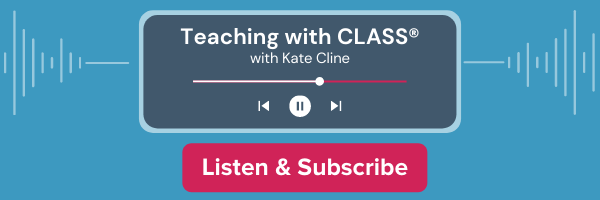
We all know people are naturally social beings—we need interactions to survive. But just because we’re naturally social doesn’t mean we know how to be social. We have to learn social behaviors—from our families, caregivers, and peers. Teachers play a key role in promoting social development, which includes peer play and friendships.
Promoting Social Development
Knowing how social development looks at different ages and phases is important so that your expectations match children’s needs. This allows you to promote developmentally appropriate peer interactions. At any age, you can encourage, facilitate, and model:
- Peer perspective taking
- Joint play
- Cooperation and sharing
- Respect and kindness
- Positive relationships
You can also provide words to help children communicate and reinforce positive behaviors.
Social Development in Classrooms
Let’s see what this might look like in classrooms.
Infant Classroom Example
The teacher in this infant classroom facilitates joint play and sharing as two children roll a ball to each other. Watch what happens when she walks away!
Toddler Classroom Example
These toddlers are practicing social skills as part of a song and movement activity as their teacher models and encourages respect, kindness, and positive relationships. The hug at the end is priceless!
Pre-K Classroom Example
This pre-K teacher takes advantage of a teachable moment to encourage a child to connect with her peers (“Maybe you can have the cake for the party....We could bring it to the party. Go deliver your cake.”). She gives her words to initiate the connection (“Ask whose birthday it is!”) and reinforces what she did well (“What nice manners!”). Notice the exuberant response from the child’s friends!
Learning social behaviors and understanding how to interact with peers is essential for children, especially in school. After watching the examples above think about how you encourage peer relationships in classrooms and what new strategies you can use from the videos.

